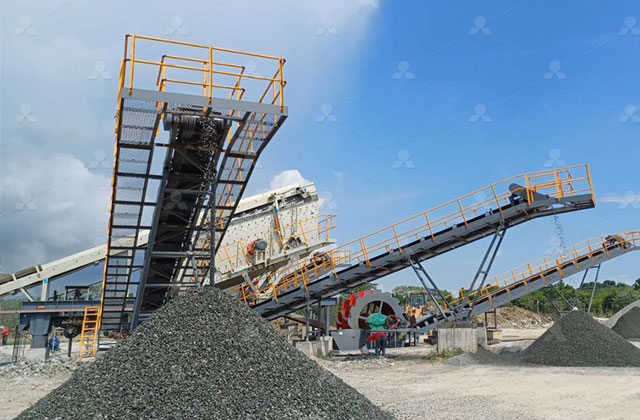Aggregate yard conveyor system
An aggregate yard conveyor system is a crucial component in the management and movement of bulk materials such as sand, gravel, crushed stone, and other construction aggregates. These systems streamline the transportation process within aggregate yards, improving efficiency and reducing manual labor. By automating the movement of materials from one location to another, conveyor systems significantly increase productivity and enhance safety standards.
The core elements of an aggregate conveyor system include conveyor belts, pulleys, motors, and support structures. These components work together to move materials seamlessly from stockpiles to crushers, screens, or loading points. Modern conveyor systems are equipped with advanced control technologies, allowing operators to monitor performance, adjust speeds, and detect blockages or overloads in real time.

One of the key benefits of using conveyor systems in aggregate yards is cost reduction. Compared to traditional methods involving trucks or loaders, conveyors consume less fuel, require fewer personnel, and reduce equipment wear. Additionally, conveyor systems minimize spillage and material loss, which contributes to cleaner and more environmentally friendly operations.
Flexibility is another important feature. Conveyor systems can be configured for different yard layouts and can include fixed, mobile, or telescoping designs depending on operational needs. This adaptability allows aggregate producers to expand or rearrange their yards without needing to overhaul the entire material handling infrastructure.
In summary, an aggregate yard conveyor system is an essential investment for companies in the mining and construction industries. It enhances efficiency, reduces operational costs, and promotes a safer and more organized work environment. As demand for high-performance material handling solutions continues to grow, conveyor systems remain at the forefront of modern aggregate yard management.
